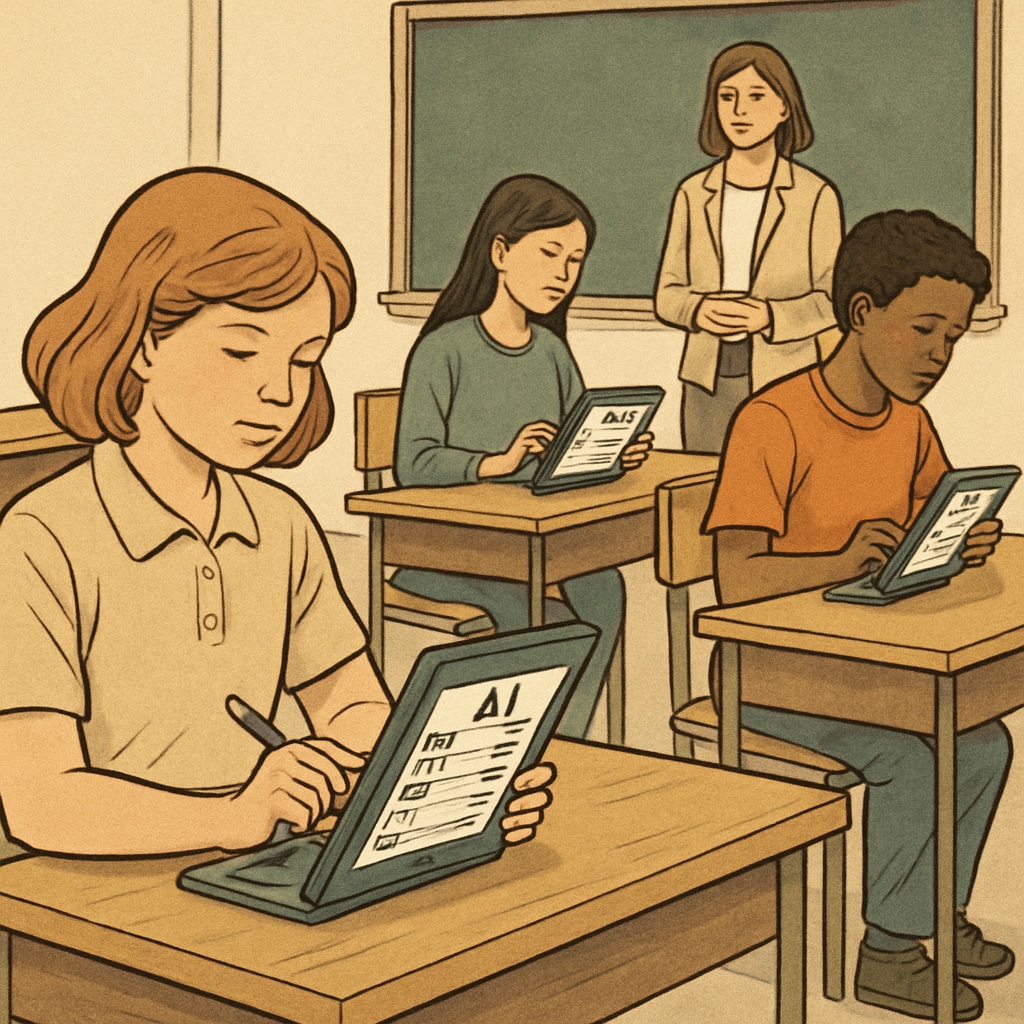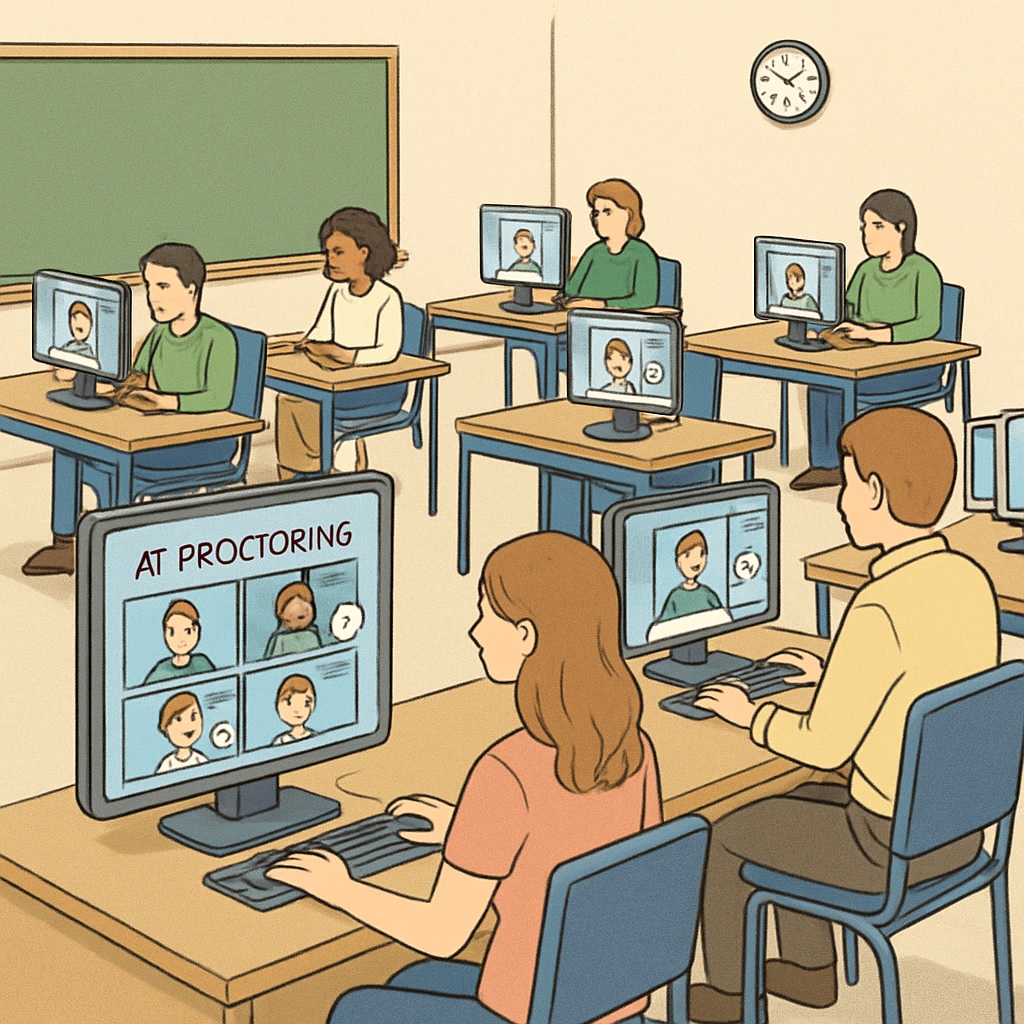The rapid advancement of artificial intelligence (AI) is reshaping the way we approach competitive exams and talent selection in K12 education. As AI continues to influence learning environments and skill assessment, traditional exam systems face significant challenges in remaining relevant and effective. This article examines the impact of AI on competitive exams, the limitations of current systems, and the necessary reforms to ensure fair and meaningful talent selection in an increasingly digitized world.
Why Traditional Competitive Exams Struggle in the AI Era
Traditional competitive exams have long been regarded as the gold standard for assessing academic ability and selecting talent. However, AI has introduced complexities that these systems are ill-equipped to handle. For example, the rise of AI tutoring platforms and intelligent learning tools enables students to master concepts in highly personalized ways, making standardized testing less reflective of actual knowledge and potential.
Moreover, issues such as cheating with AI tools, reliance on rote memorization, and a lack of emphasis on critical thinking have exposed the inadequacies of traditional exam formats. As a result, education policymakers must rethink how to design exams that assess not only knowledge but also skills such as creativity, adaptability, and problem-solving.

Adapting Competitive Exams to Assess 21st-Century Skills
In the AI era, competitive exams must evolve beyond evaluating textbook knowledge. They should aim to assess essential 21st-century skills, including digital literacy, emotional intelligence, and collaboration. One effective reform could be the integration of project-based assessments into exam structures, allowing students to demonstrate their ability to apply knowledge in real-world scenarios. For example, rather than answering multiple-choice questions, students could solve complex problems using AI tools, showcasing their analytical and creative capabilities.
Additionally, AI-driven proctoring systems can ensure fairness during exams by monitoring behaviors and preventing cheating. Such measures create a level playing field while leveraging AI as part of the solution rather than the problem. The inclusion of adaptive testing techniques, where questions adjust based on a student’s performance, can further personalize assessments and make them more inclusive.

Balancing Automation and Human Judgment in Talent Selection
While AI can automate certain aspects of competitive exams, human judgment remains critical for evaluating nuanced qualities such as leadership potential and ethical reasoning. A hybrid approach that combines AI analytics with human evaluation panels could be an effective strategy. For instance, AI might assess numerical data and patterns in a student’s performance, while educators review essays or conduct interviews to gauge interpersonal skills.
Furthermore, the use of AI in predictive analysis can help identify students with high potential, even if they do not excel in traditional exams. This ensures that talent selection is not limited to academic performance but considers a broader spectrum of abilities, aligning with the demands of the modern workforce.
The Path Forward for Education Policymakers
Reforming the K12 competitive exam system in the AI era is not just about integrating technology but also about embracing a holistic approach to talent selection. Education policymakers must prioritize inclusivity and equity, ensuring that students from all backgrounds have access to AI-driven learning tools and assessments. Collaboration between governments, educators, and technology providers will be essential to design systems that are both innovative and fair.
As AI continues to advance, the need for education systems to adapt is more urgent than ever. By redesigning competitive exams to reflect the realities of the AI age, we can cultivate a generation of students who are not only academically capable but also prepared to thrive in a rapidly changing world.
Readability guidance: The article uses short paragraphs, clear transitions, and lists to summarize key points. Passive voice is minimized, and the writing focuses on actionable insights for policymakers and educators.


